Description
Nutrition Information
Servings per package:
7
Serving size:
40
g
Average Qty
per Serving
Average Qty per 100g
Energy
456 kJ
1140 kJ
Protein
1 g
2.5 g
Fat, total
8.9 g
22.3 g
-saturated
0.6 g
1.6 g
Carbohydrate
4.3 g
10.8 g
-sugars
2 g
5.1 g
Sodium
262 mg
654 mg
Ingredients
Water, Canola Oil, Vinegar, Chilli Powder, Onion Powder, Turmeric, Ginger Powder, Black Mustard Seed, Black Pepper, Coriander Seed, Garlic Powder, Sea Salt, Cinnamon, Cumin Seed, Green Cardamom Seed, Cloves
Recipe
Ingredients:
- 500 grams Beef or Pork cut small
- 2 tbsp Vindaloo Curry Paste
Method:
- Add the meat a pan and seal on high heat.
- Add the Vindaloo Curry Paste and stir well with enough water to make gravy to cook.
- Bring to the boil, then cook simmering until the meat is tender and the liquid has reduced.
- Serve the curry with rice, Naan bread, yoghurt and chutney.






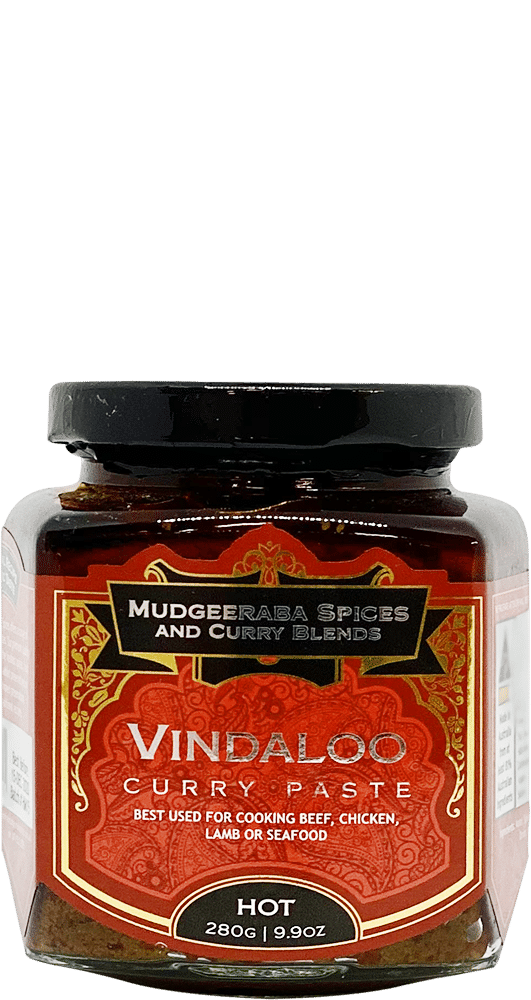
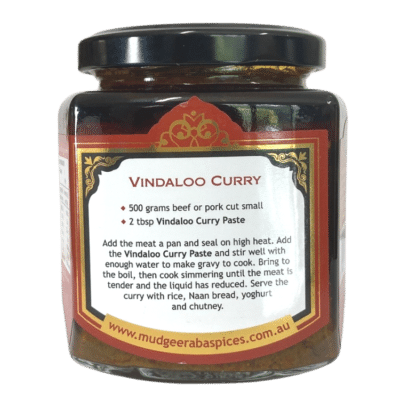


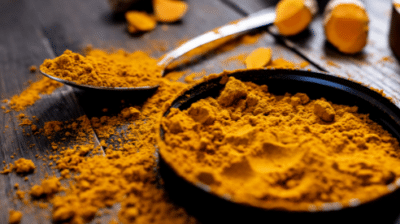

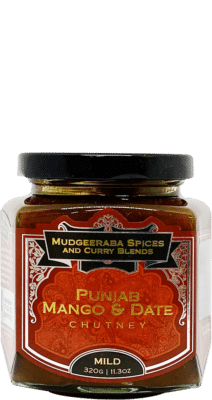


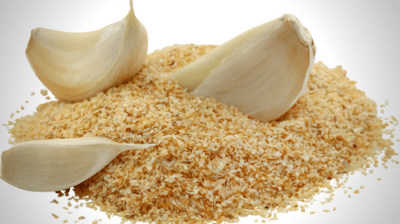
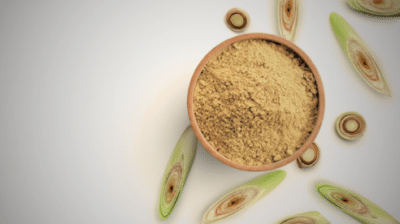

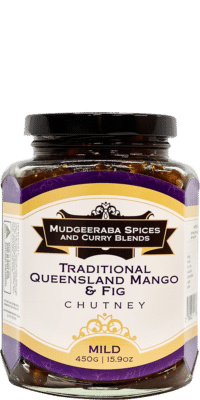
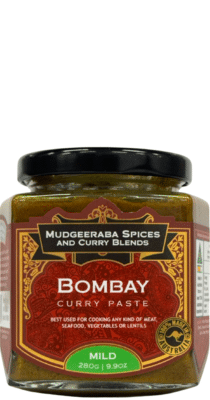
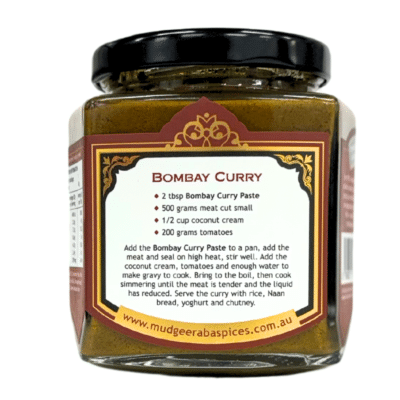












Brett Petersen (verified owner) –
Great Vindaloo so simple added can tomatoes snd some potato .
Restaurant quality they tell me.
Tracey Terry (verified owner) –
Tastes amazing
Deb Burton –
Great tasting vindaloo
ronni –
this paste is a beauty! so good. i double the serve it’s so good. it’s my happy meal.
Darren Millar (verified owner) –
I buy Vindaloo curry paste each time I order. It’s got to be the best curry paste I’ve ever tried. Would definitely recommend it.